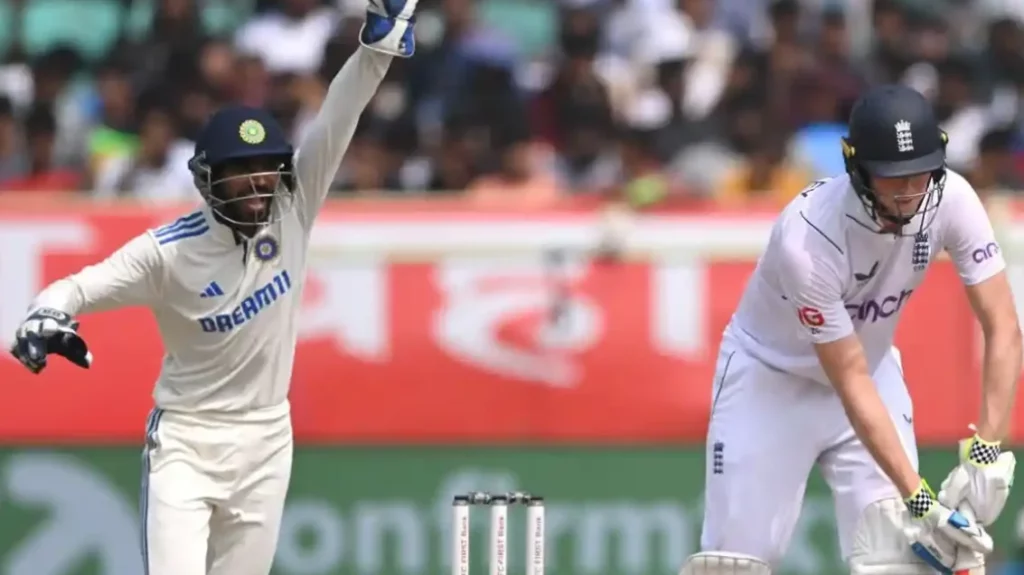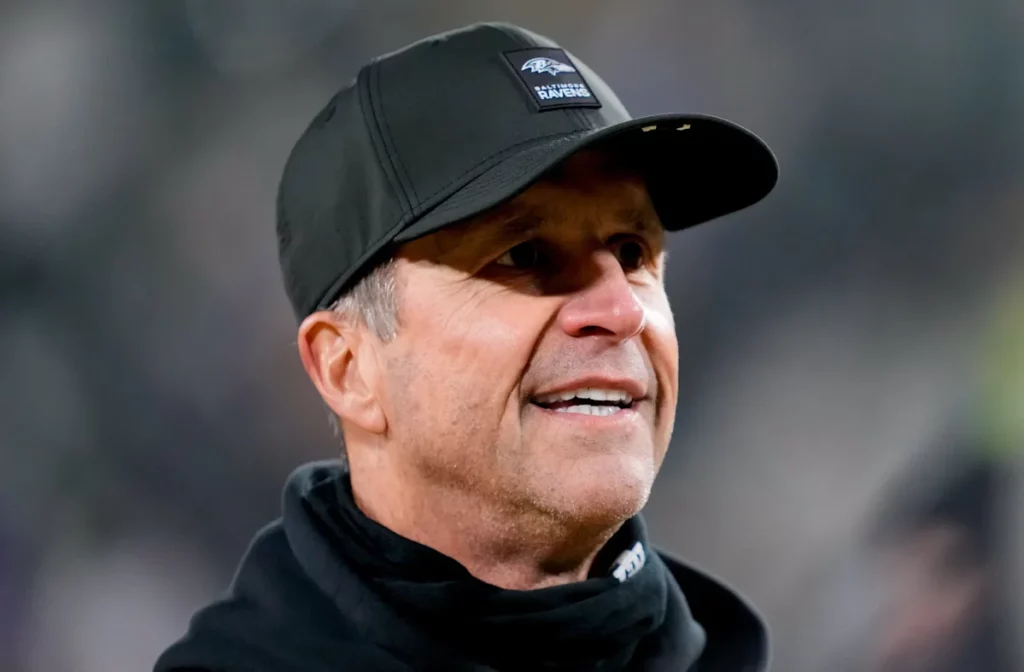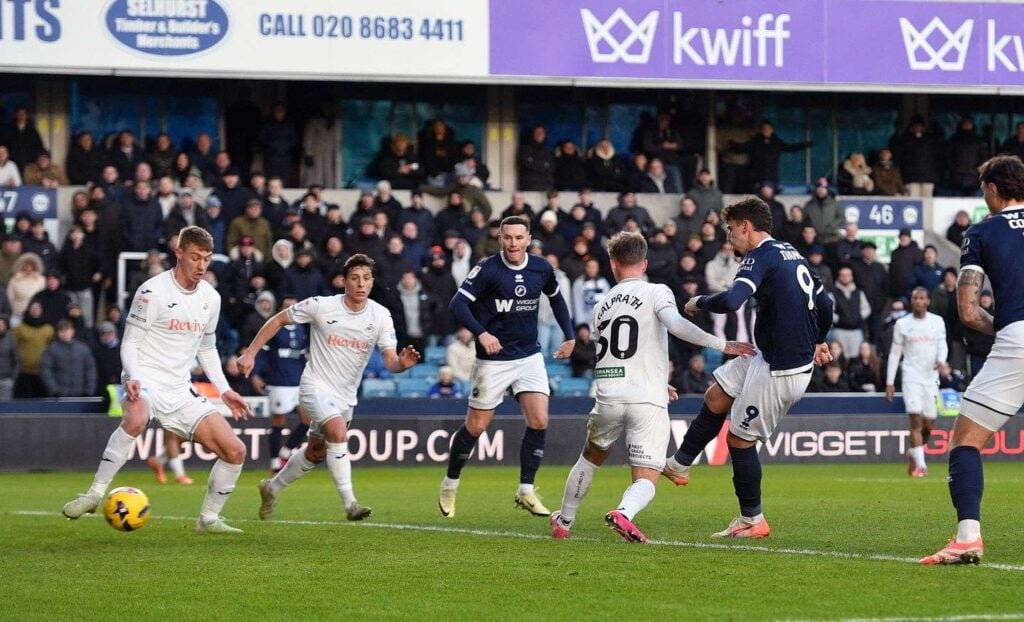
After England lost against India by 106 runs, Ben Stokes took a conciliatory stance. He conceded that a 1-1 tie after two tests was reasonable and denied that an England team sickness was at fault for the defeat. But the traveling team leader was worried about one thing: he knew the Hawk-Eye was “incorrect” about Zak Crawley’s vitals.
England’s Struggle and Technology’s Role
England were on the verge of losing as lunchtime drew near in their daring pursuit of a dangerous 399. They were already in a dangerous position—two key batters left in quick succession—when they lost six wickets and were 205 runs short of their target. Within the athletes dismissed was Crawley. Kuldeep Yadav was adjudged leg-before-wicket owing to the appraisal framework. Accumulating 73 runs, Crawley propelled his team to a cumulative score of 292 runs.
The Indian squad’s elation was palpable following the run-out of Ben Stokes, further heightening after the adjudication. Despite the setback, the England skipper lauded his nascent spin bowlers, notwithstanding the strategy’s failure to replicate the first Test’s success.
Because he was sure the ball would traverse above the leg stump; the on-pitch adjudicator, Marais Erasmus, first gave Stokes a not-out. Unfortunately, Stokes was one of several who were taken unawares by the following Hawk-Eye study, which was sparked by Rohit Sharma’s challenge. He underscored his acknowledgment of technology’s presence in cricket, alongside its inherent imperfections, highlighted by the ‘umpire’s call’ concept. Stokes refrained from blaming the technological verdict for the series’ missed opportunity to advance, expressing a personal skepticism towards the accuracy of the technology in this instance, yet emphasizing the multifaceted nature of the game’s outcomes.
Stokes’ Stance on Team’s Illness and Performance
When it was revealed that three athletes from Stokes’ squadron, namely Ollie Pope, Ben Foakes, and Tom Hartley, were showing symptoms of an illness on the day in question, Stokes did not show any evidence of a desire to provide an explanation for their condition. “The circumstance is far from optimal, yet I harbor immense pride in the fact that the individuals refrained from dodging any challenges,” said the president. “They ventured forth and exerted their utmost efforts within the realm of possibility.”
Stokes, in essence, felt it hard to contest the end conclusion, considering the huge battle that his team was up against. This situation was largely orchestrated by Jasprit Bumrah’s six-wicket feat on the second day of the contest. Previously foreseeing that England’s forceful batting approach would serve to his advantage, India’s exceptional slinging fast bowler concluded the contest with a tally of nine wickets. This was the apex of his remarkable display.
“He is the very model of a top-tier bowler,” Stokes said. It is a pleasure to watch excellent cricketers like Jasprit Bumrah play the game. I’m satisfied with the way we batted. The way we play and who we are are reflected in our style. No matter what happens, I hope we can always be true to who we are.
Team Triumph Despite Absent Key Players
Rahul Dravid, the main coach of India, credited the victory to a “collective endeavor” in light of the fact that a major number of their competitors were absent from the competition. Dravid would not confirm his expectation that India’s most important player will make a return in Rajkot, despite the fact that Virat Kohli was included on this list. Kohli is now unavailable due to personal issues.






